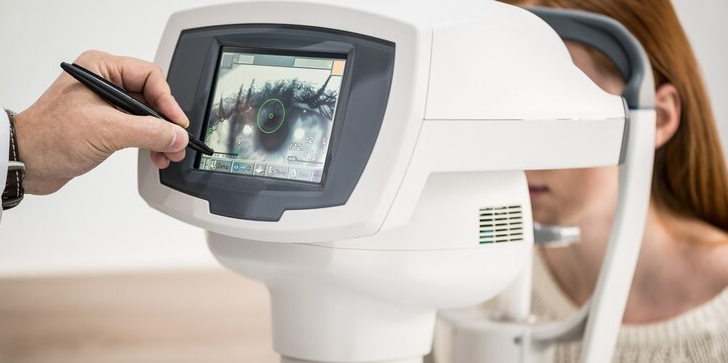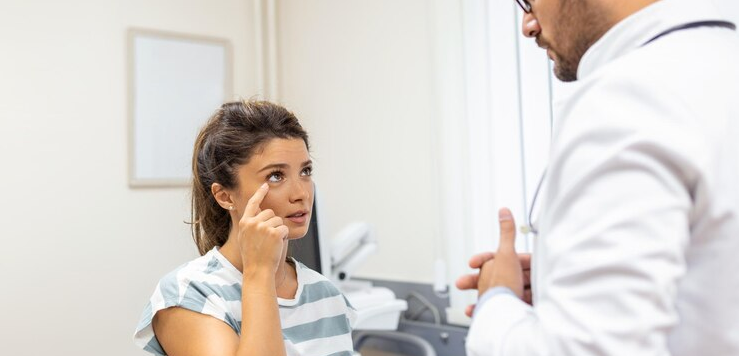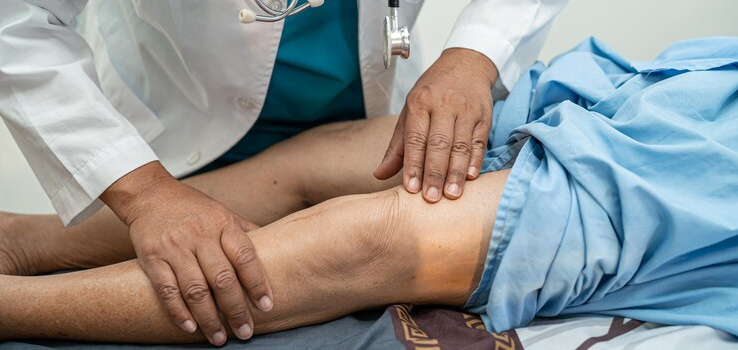The following is the summary of “Objective Evaluation of Neurogenic Intermittent Claudication for Patients With Lumbar Spinal Stenosis Based on Plantar Pressure Analysis” published in the December 2022 issue of Spine by Wei, et al.
It was a cross-sectional study. To use the center of pressure trajectory as a quantitative measure of the severity of neurogenic intermittent claudication (NIC) in patients with lumbar spinal stenosis (LSS). It is common for people with LSS to have NIC. So far, most NIC severity evaluations have relied on patients’ subjective descriptions, which might be influenced by factors such as patient’s demographic variations, leading to erroneous diagnoses and potentially inefficient treatments for LSS. In order to improve the efficacy of treatment for LSS, it is crucial to establish a robust clinical technique for the quantitative evaluation of NIC. The current investigation utilized the Footscan pressure system to identify the pressure trajectory’s epicenter. Based on the trajectory, we were able to determine the medial-lateral center of pressure (ML-COP) displacement and the real-time walking distance (rtWD). One-way repeated measures analysis of variance was used to examine the differences in ML-COP between the LSS and control groups.
The relationship between rtWD and ML-COP was analyzed using regression, and the relationship between the Oxford Claudication Score (OCS) and clinical evaluation indicators was analyzed using Pearson’s correlation. There were a total of 31 participants, 31 of whom had LSS, and 31 healthy controls. Neither group’s demographics nor lifestyle differed from the other significantly (P>0.05). The data suggested that ML-COP would rise in tandem with lap count in the LSS group but not in the control group. The ML-COP was found to have a linear relationship with rtWD in LSS patients (R2>0.80, P<0.05). The linear regression analysis of claudication correlation coefficients (CCCs) were subsequently dubbed “claudication correlation coefficients” because they reflected the rate of increase in ML-COP for LSS patients.
The statistical analysis also revealed a moderate negative correlation between OCS and final walking distance (r=0.67; P<0.001) and a strong positive correlation between OCS and CCC (r=0.96; P<0.001). The average ML-COP and OCS were found to have a weak negative correlation (r=0.03; P=0.864). Patients with LSS would see an increase in their ML-COP as they walked further. A more precise and trustworthy diagnosis, evaluation, and treatment of LSS could be achieved by using this incremental rate, as characterized by the CCC.


















